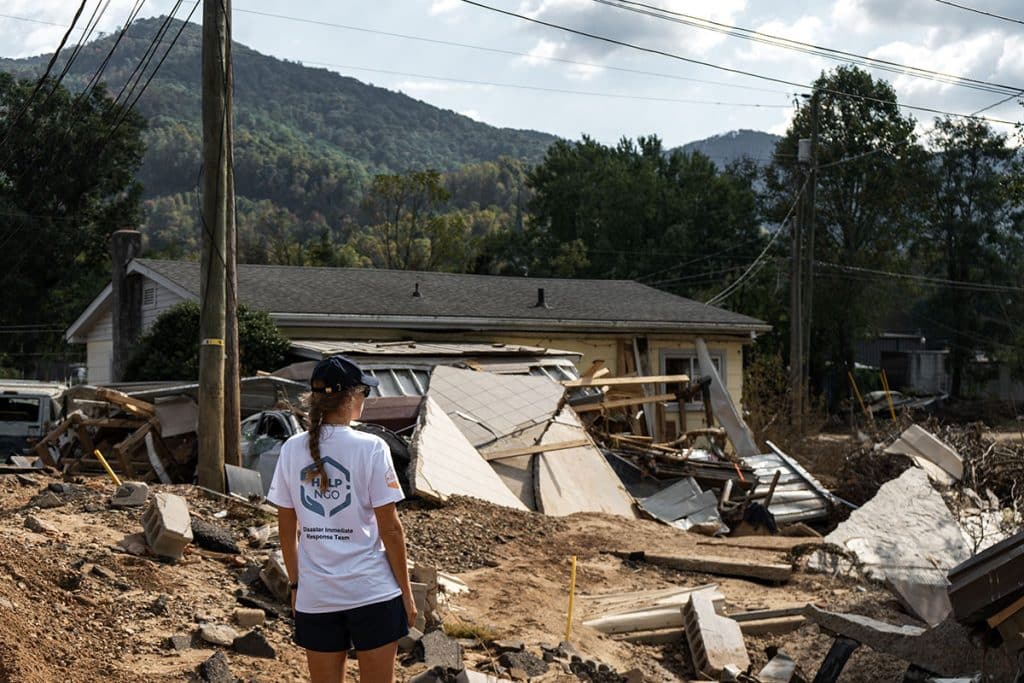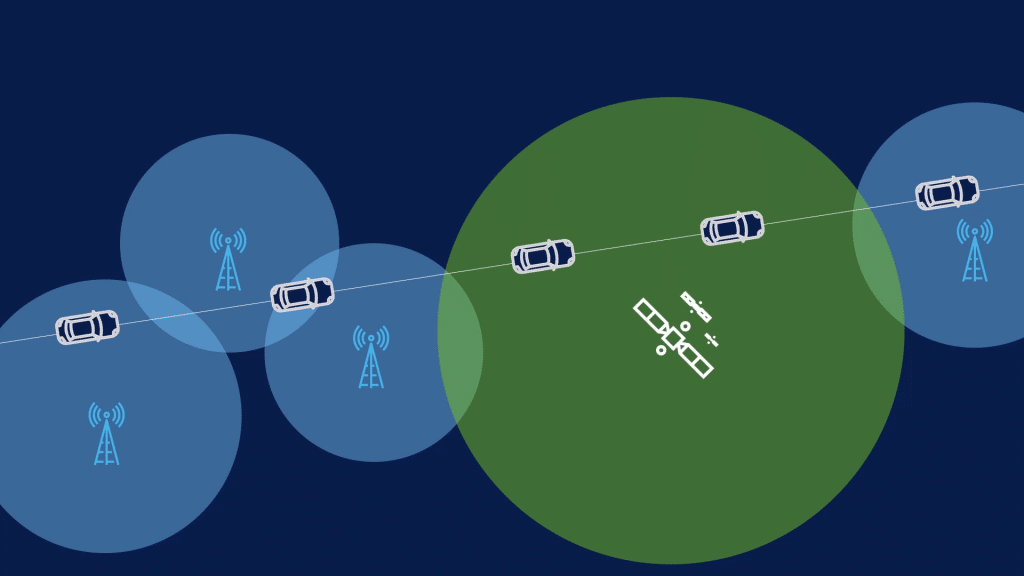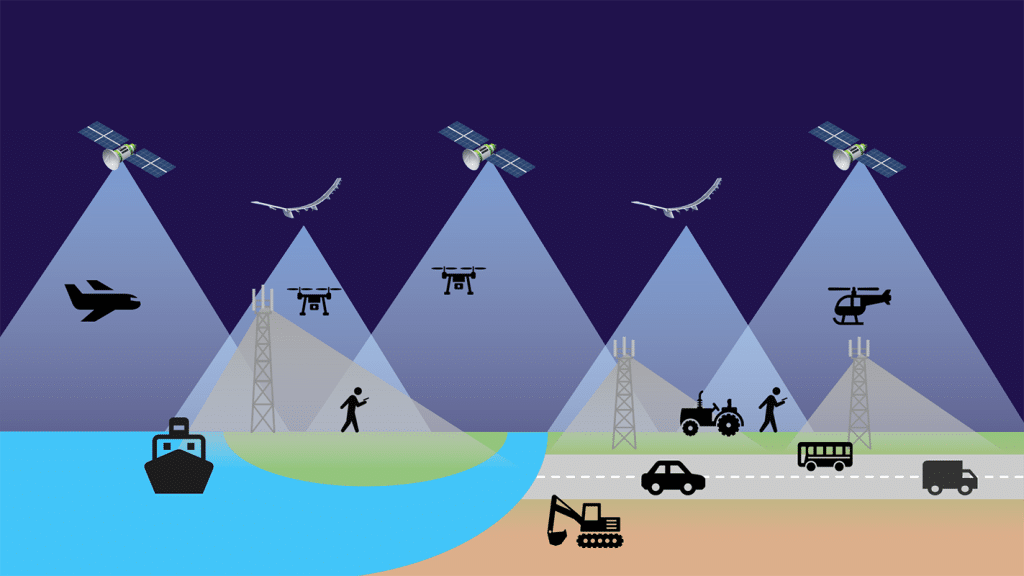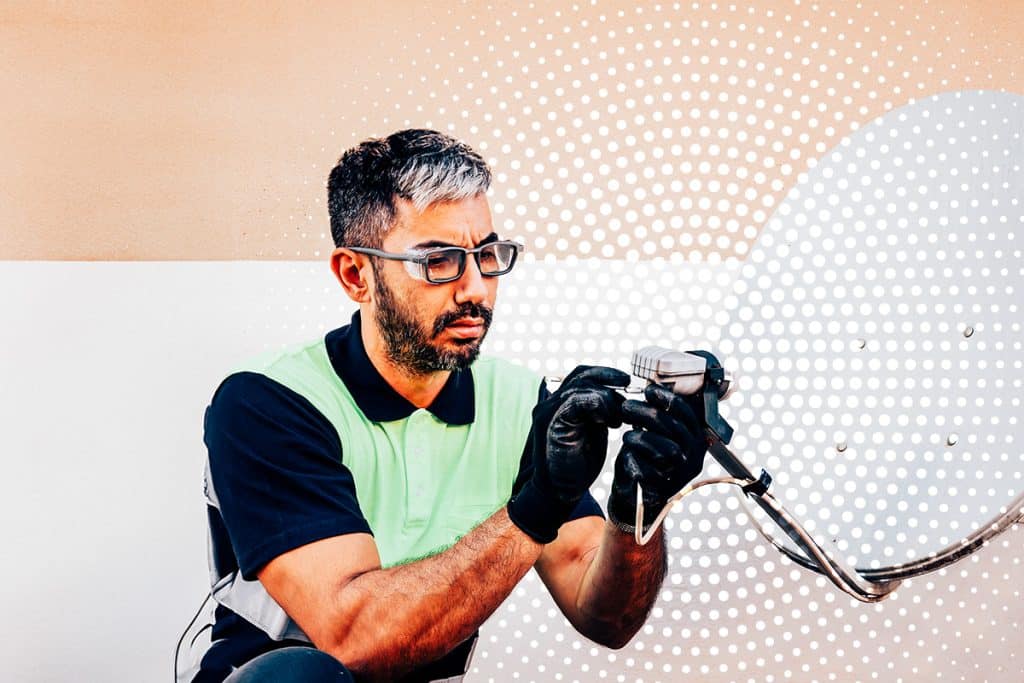2017 Outlook for Latin America
Addressing Growing Connectivity Demands in Latin America
By Pilar Bonilla, Senior Principal Regional Marketing Manager, Latin America
Alexander Graham Bell was reciting Hamlet’s “to be or not to be” when the Brazilian Emperor Pedro II picked up the receiver of the telephone invented by Bell in the Philadelphia Exhibition of 1876, the largest world’s fair up to that time. To which the Emperor replied, “My God, it talks!” The experience convinced Don Pedro to have one of the first telephones installed in a private residence in the world, his palace in Petrópolis, the summer retreat of the Brazilian Emperor, forty miles from Rio de Janeiro.
In more recent years, while working with Sony, I actively promoted the introduction of 4K Professional Digital Cinema Projectors among cinema chains in Latin America, expecting that one day movie distribution will be possible via digital connectivity. To my surprise, one of the first projectors was sold to one of the richest men in the world, who happened to be from Latin America, for use in his private home cinema room…..probably this individual will be one of the first to receive movies distributed digitally to his home.
In contrast, there are remote areas everywhere across the more than 40 countries/ territories in Latin America today where people still travel miles to get decent Internet connectivity or to watch a movie. It is also not uncommon to find entire Latin American villages where people have never made a phone call in their entire lives.
Why this disparity? The Latin American region is very diverse in terms of geography (the region has more than 570 million habitants, distributed over 17 million square kilometers, corresponding to 15% of the Earth’s surface), social and economic development, and even more in terms of digital connectivity adoption.
While the region has made an actual digital leap forward in recent years (from 16.6% internet penetration in 2005 to 53.5% in 2015, according to “The Digital Ecosystem and Economy in Latin America” report, coedited by CAF – development bank of Latin America, CEPAL, CET.LA and Fundación Telefónica), even more so than other emerging regions, the divide that exists with respect to the most advanced economies, among different countries / territories in the region, and even inside each country / territory is still significant. According to the International Telecommunication Union (ITU):
- In Nicaragua, Honduras, El Salvador and Guatemala the number of Internet users does not exceed 30% of the population
- In Bolivia, Peru, Paraguay, Ecuador, Mexico, Panama and the Dominican Republic, the Internet penetration does not reach 50%
- Only in six countries is the Internet penetration greater than 50%, with Chile leading, followed by Argentina, Uruguay, Venezuela, Colombia and Brazil
This data actually presents a unique opportunity for governments and telecom companies to growth a Latin American digital economy. After all, digital connectivity nowadays is no longer a requirement. It is a necessity. It provides the ticket for better trade, healthcare and educational facilities. There’s still a tough journey ahead, though.
Satellite connectivity plays a key role in the journey toward bridging the digital divide.
Let’s take for example, the “KVD: Kiosco Vive Digital” project in Colombia.
Overview of “KVD”
The Colombian MINTIC (for its acronym in Spanish “Ministerio de Tecnologías de la Información y las Comunicaciones” – Ministry of Information and Communications Technologies) is committed to providing internet access points to 100% of population centers of more than 100 people through the Kioscos Vive Digital (KVD) project.
Photo source: http://www.theworldfolio.com/news/diego-molano-vega-minister-of-ict-colombia-n2821/2821/
KVD makes digital inclusion available to people who previously had no access and enables the same types of advantages and services afforded to those who live in the more developed areas of Colombia.
KVD Project Implementation
The KVD proof of concept started in 2013. The project has gone through three phases starting in 2014 and connecting more than 5,000 sites, according to the Colombian MINTIC.
The project includes multiple vendors by Colombian region. Reaching sites takes one to several days travel depending on terrain.
The KVD project includes a hybrid network, with open architecture, and it is technology-agnostic.
Illustration shows KVD Phase III remote sites
KVD Solution includes Satellite Connectivity
Satellite delivers, regardless of the mountainous terrain, and brings connectivity quickly and cost-effectively to remote areas.
KVD Phase II is leveraging a data networking platform from Gilat with Ku-band service on Intelsat 907 to provide internet connectivity to more than 1800 Rural Sites.
In KVD Phase III which began service in 2016, Skynet and BT Latin America used an Intelsat EpicNG IS-29e high throughput satellite, to connect around 1200 rural sites throughout Colombia.
Satellite connectivity, such as in the case of KVD, certainly can help to bridge the digital divide in Latin America. And, Intelsat EpicNG high throughput platforms offer powerful reasons to consider not only an option for the government but also for the private sector.
“Satellite continues to be an excellent alternative for video contribution and business continuity solutions as well as for our traditional bread-and-butter markets — companies with important assets in rural or suburban regions which have to be connected to their main operations and have no other reliable communication alternatives,” says Mauricio Segovia, CEO of AxeSat, one of the main service providers in the region.
High throughput satellites (HTS), such as Intelsat EpicNG, deliver the combination of increased throughput with the traditional advantages of satellite, including reach and ubiquity, solving this challenge for network operators. These satellites take advantage of frequency reuse and multiple spot beams to increase throughput and reduce the cost per bit delivered, regardless of spectrum choice.
Intelsat EpicNG supports more data volume with same bandwidth. There’s no need to oversize or upgrade remotes for growth. With Epic’s superior performance, you can roll out smaller terminals with lower power requirements, saving capex, thus allowing the closing of business cases for new sites that were not economically feasible in a wide beam configuration.
As network service providers and telecom operators begin fully taking advantage of Intelsat EpicNG IS-29e’s capabilities in 2017, they will see cost savings from the greater bandwidth efficiency, and start considering satellite connectivity as a key option to address the continuous heterogeneous mix of bandwidth demands from the governments, private sector and consumers in Latin America.

























